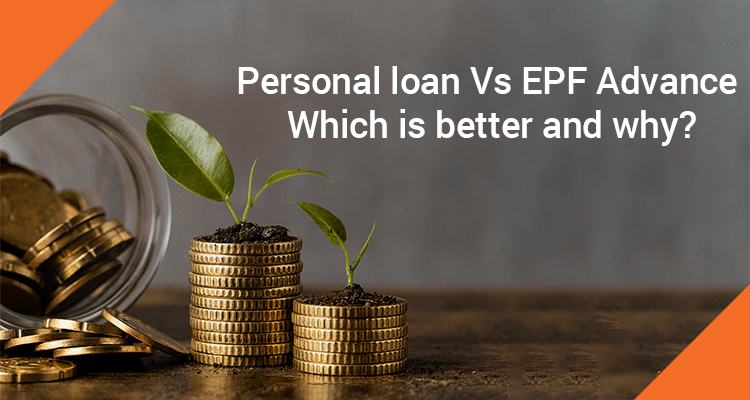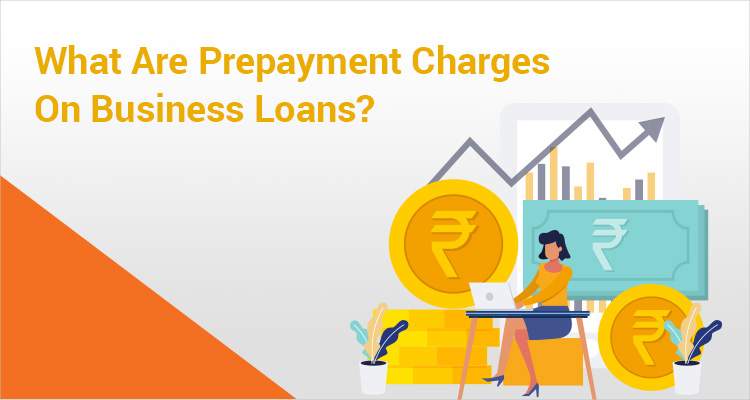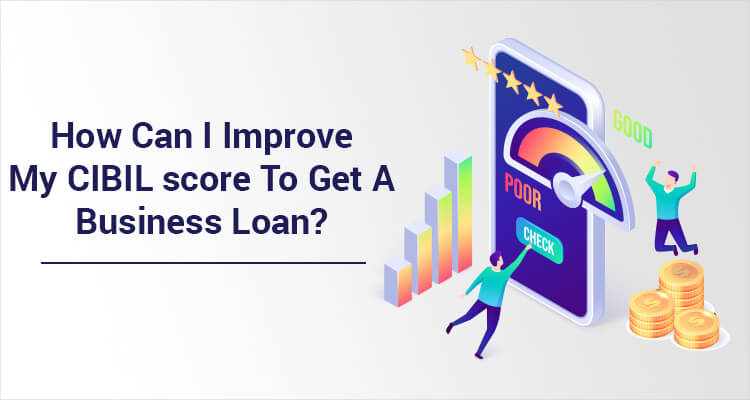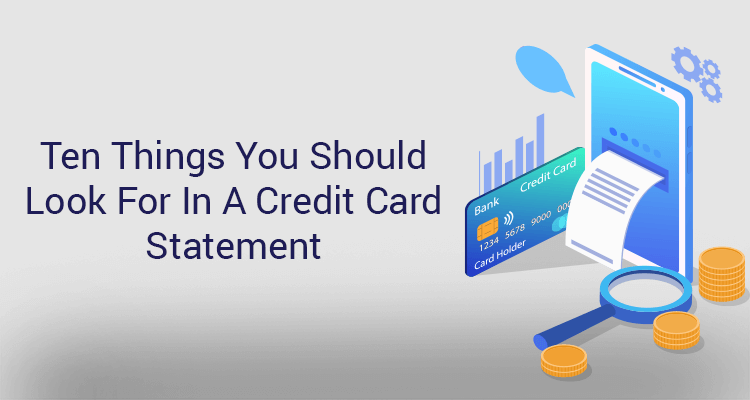Personal loan Vs EPF Advance - Which Is Better and Why?

In times of financial emergency, one will have to look for funds from all possible sources. Two such sources that one can quickly tap into are personal loans and an advance from the employee provident fund, or EPF.
When COVID-19 came to Indian shores in early 2020, the government enforced a strict lockdown to stop the virus from spreading. The government also took many measures alongside to mitigate the economic impact of the lockdown. One of these measures was allowing withdrawal of some money from the provident fund account.
EPF Advance
A person is allowed to withdraw up to three months of basic salary plus dearness allowance or 75% of the total corpus in the provident fund or the employee provident fund accounts, whichever is lesser.
The EPF is a retirement fund and apart from the above-mentioned withdrawal a person is allowed to take out money from it only under few circumstances. These situations include:
• A person can make a partial withdrawal to build a house
• A person can make a partial withdrawal for daughter’s marriage
• Partial withdrawal is also allowed for medical expenses etc.
Personal Loan
The other way to meet such expenses is taking a personal loan. Such loans are free of collateral and can be easily taken with minimal documentation. Most banks and non-banking finance companies (NBFCs) offer personal loan without restriction on the end use and at attractive interest rates.
Differences Between Personal Loan and EPF Advance
• Personal loans have no end-use restriction. EPF withdrawal, barring the withdrawal limited to three months of salary, can be made for specific purposes only. Even the EPF withdrawal of up to three months’ salary is linked to the basic component of the wages. This can be a small sum and may not be useful in most circumstances.
• The amount one can borrow as a personal loan depends on the credit score and income. The amount one can take as advance from the PF depends one’s basic salary and the total corpus that one may have.
• You will have to pay interest on a personal loan, while the EPF advance is interest-free. However, EPF pays the highest interest among savings schemes and taking an advance from it can reduce the return from the whole corpus.
• Personal loans can be repaid over a few years. The EPF advance cannot be put back into the corpus.
• Interest on personal loans can be used for tax deduction if used for a business purpose or for buying a house. Such tax benefit is not available on EPF advance.
Conclusion
The basic difference between a personal loan and an EPF advance is that the former is borrowing and the latter is dipping into savings. While convention says not to borrow when you have savings, the EPF is not the usual savings.
The government compels us to save money in the EPF for our retirement. Hence, a personal loan, despite incurring interest, has a small edge over an EPF advance. However, in case of irregular income or a low credit score, an EPF advance may be the only option.
Disclaimer : The information in this blog is for general purposes only and may change without notice. It does not constitute legal, tax, or financial advice. Readers should seek professional guidance and make decisions at their own discretion. IIFL Finance is not liable for any reliance on this content. Read more



